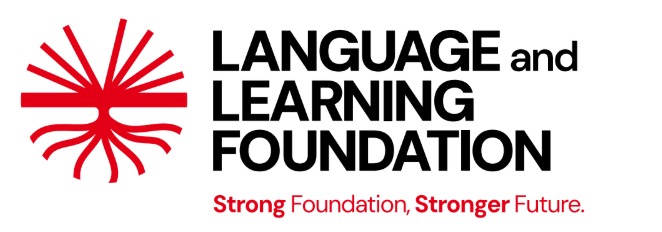We recently had a candid conversation with Rupsing Nayak, a dedicated government school teacher from Government Upper Primary School, Bagbeda, who now serves as a Cluster Resource Centre Coordinator (CRCC) at Naktisimoda Cluster in Raighar Block, Nabarangpur District.
From Art in the Classroom to Inspiring a Thousand Students: The Story of Rupsing Nayak

Yasaswini Patnaik
Multilingual Education Specialist
8th Sept 2025
We recently had a candid conversation with Rupsing Nayak, a dedicated government school teacher from Government Upper Primary School, Bagbeda, who now serves as a Cluster Resource Centre Coordinator (CRCC) at Naktisimoda Cluster in Raighar Block, Nabarangpur District. With a deep love and expertise in art, Rupsing has transformed his passion into powerful teaching tools by creating multilingual education learning materials. His creative approach has inspired thousands , showing how art can open new pathways for learning and inclusion in the classroom.
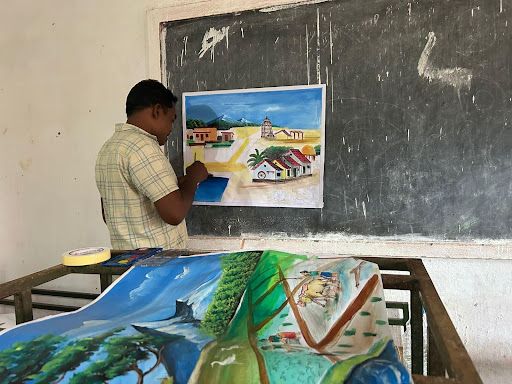
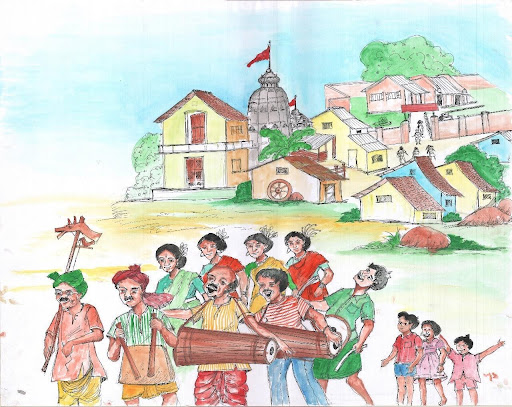
Can you tell us about your journey from teacher to CRCC?
I began my career in the Education Department in 2006 as a SikhyaSahayak (SS) at Koliapada UPS, Kurabeda cluster. Before that, I had a deep passion for art and often tutored students in my village. Back then, the idea of using Teaching-Learning Materials (TLMs) to make lessons interactive was still rare. I relied on my artistic skills to make learning engaging and to strengthen students’ conceptual understanding.
One of my earliest moments of pride came when I was transferred to a school with 30 students, where daily attendance hovered around just 7–8. Within a week, I motivated the children to attend regularly, eventually achieving full attendance. Over the next two months, my students and I transformed the school—reviving the garden and decorating the walls with colourful artwork that combined my love for plants and painting.
Today, I am posted in my alma mater, something I consider a privilege. I had never planned to become a CRCC, but during an annual day program, an ABEO visiting my school was impressed by my planning and management, complemented by an artistic touch. I still remember his words:
“Your talent here is limiting its blessings to only 50–60 students. You should be inspiring more than 1,400–1,500 students. Apply for the CRCC exam.”
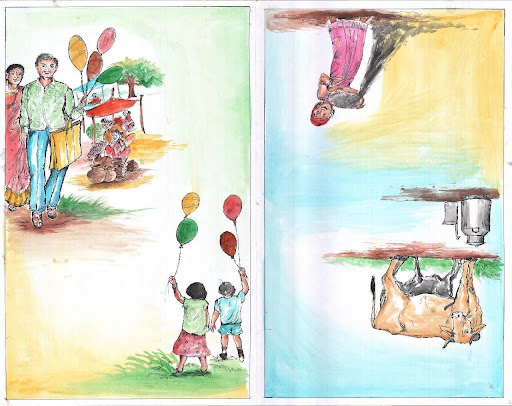
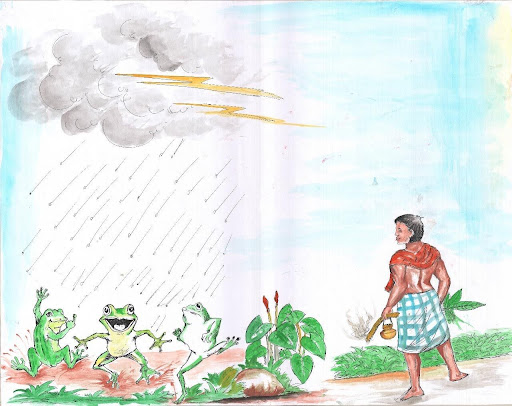
When did you start drawing, and what inspires your art?
I can’t recall exactly when I first started drawing, but I remember one moment vividly. I was in Grade 8 when I had drawn something and placed it in my friend’s notebook. During a classroom inspection, the PET teacher came across it and encouraged me to take my talent seriously.
What continues to inspire me is children’s natural enthusiasm for learning and their ability to grasp concepts quickly when supported with the right materials. Their energy motivates me to keep creating new resources.
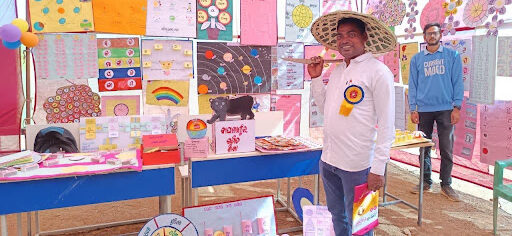
How do your drawings help children understand and enjoy lessons in their home language?
The drawings I use are created thoughtfully, keeping in mind children’s lived experiences. Since I am part of this community, I understand what connects with them best and how to bridge the textbook content with real-life context.
For instance, if I bring small dholaks to an oral language development session where we plan to sing and dance to a poem, the children immediately engage. They start playing the dholaks in rhythm—something that feels familiar and fits comfortably in their hands. This cultural and contextual connection greatly enhances the learning experience.
Have you seen changes in children’s learning or interest because of these materials?
Yes, many times. I often see classrooms where children struggle with a concept because the materials used are unsuitable or disconnected from their context. But when the materials are relevant, engagement and understanding increase significantly.
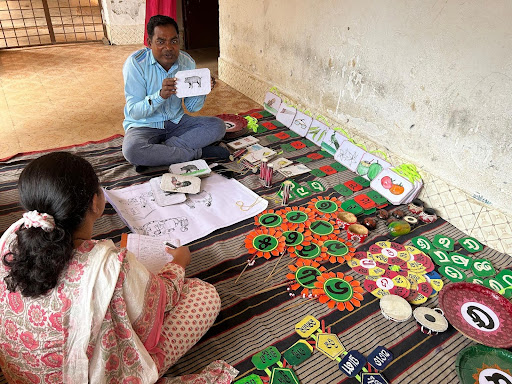
I recall visiting an English class where sentence formation was being taught without any materials. The children struggled to use verbs in sentences. I took out some animal flashcards I had and acted out scenes. For example, I held up a goat card, made it “jump” across the table, and said,
“The goat is jumping.” After repeating this a few times, I switched to a deer card, and the children responded on their own, “The deer is jumping.” We continued with other cards, and soon their confidence grew. Even without strong English skills, they could now connect actions with words and respond accurately.
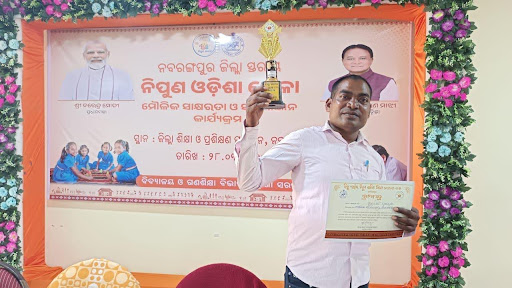
How has your experience been working with LLF?
“I have worked as an illustrator in two languages (Gondi and Ho) during the material development since the inception of the MLE program in Odisha in 2014. I have also made efforts to set up MLE corners in schools across my cluster. Being part of this material development workshop has been a privilege—it allows me to create resources for the children of my community. I am deeply grateful to LLF for this opportunity, and I hope such initiatives continue, not only to strengthen children’s learning but also to preserve and promote a culture that is rapidly disappearing,” he adds very humbly.
What message do you have for other teachers with creative talents, especially in the context of FLN?
My message is simple: “Use your talent meaningfully for children, so that it benefits them while also refining your skills”.
He suggests, “I would also like to emphasise that Art Education in pre-service teacher training needs both revision and greater importance. This would enable every FLN teacher to integrate creativity into their teaching practices, making learning richer and more effective.”
In addition to his artistic and creative talents, he enjoys spending his time interacting with children, gardening, and writing short poems inspired by his experiences and cultural heritage.
